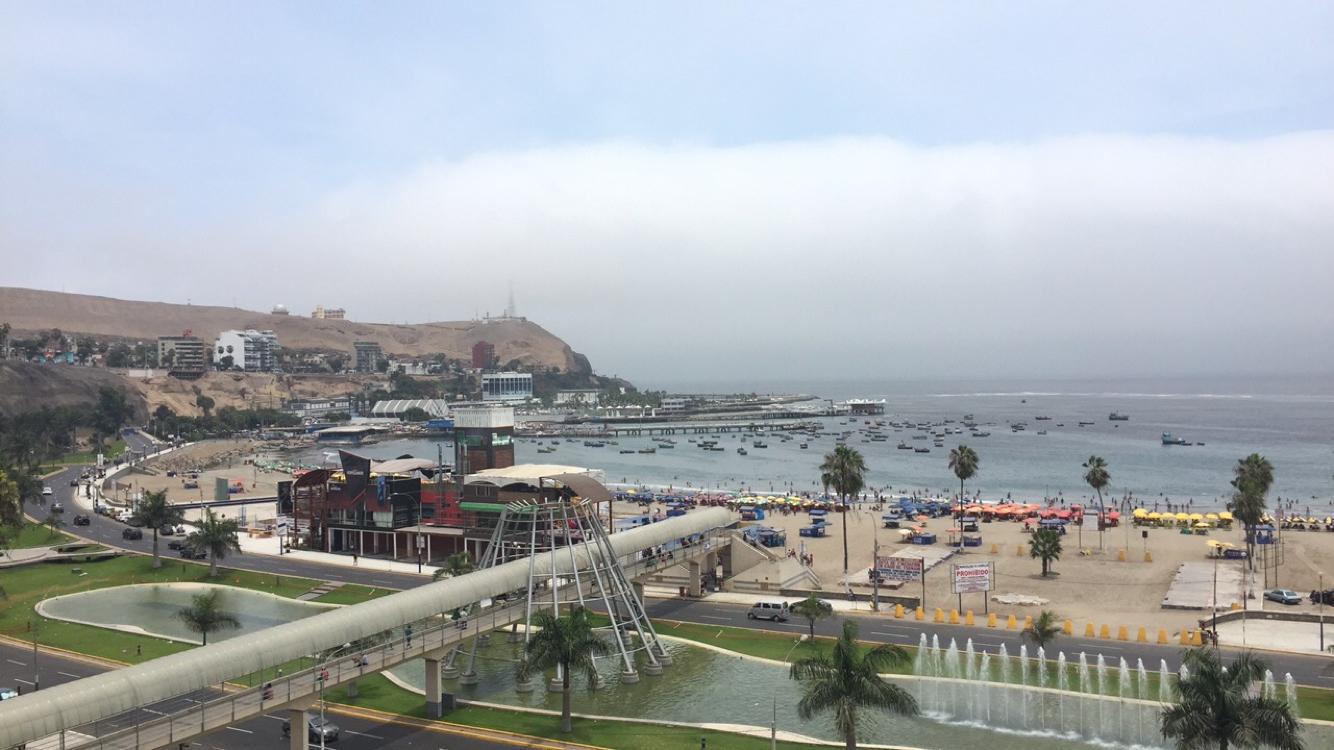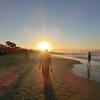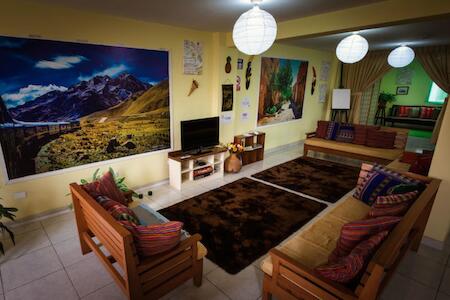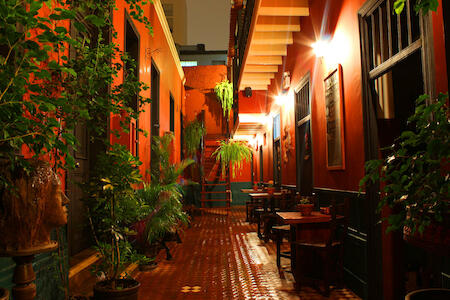Looking for budget stays in Lima? This section is designed to save you time, money, and unnecessary stress. We've got insider tips to help you find affordable hostels and the cheapest places to stay in Lima.

Lima, Peru, is the capital of the country and home to more than nine million people (twelve million, if you take into account the metropolitan area). Almost one-third of the Peruvian population lives in and around the capital.
The city was founded in the sixteenth century by the Spanish conquistador Francisco Piazzaro, who led the expedition to defeat the Inca Empire and claimed the conquered land for Spain. Many indigenous inhabitants died due to exploitation and epidemic diseases introduced by the Spanish invaders. In the early nineteenth century, the country declared its independence from the Kingdom of Spain, and subsequently Lima became the capital of the Republic of Peru. The centre of Lima is situated around fifteen kilometres inland at the shore of the Rimac River.
Be prepared to see poor neighbourhoods and poverty while getting around in the city. Many people moved to the metropolitan area from the Andes Mountains to find a good job; unfortunately for many new arrivals, their dreams of a better life have never come true. In general, the best solution to stay safe in Lima is to simply maintain a low profile and leave your valuables at home.
The city is surrounded by a very arid desert. In the summer, the weather is usually sunny and very warm. Maximum temperatures range from 30 to 33 degrees Celsius. In winter, the temperatures reach up to 22 degrees Celsius (so it is not a real winter). However, during that period, it is often overcast and rainy for days at a time.
Hostels in Lima
The capital of Peru offers plenty of options for every sort of tourist. If you want to stay in five-star hotels or inexpensive hostels in Lima, you will be covered for all possibilities.
A lot of Lima hostels are located in the neighbourhoods of Surquillo, Leuro, and Cocharcas.
Generally, the price level for hostels in Lima is low, so you do not have to spend too much money on accommodation.
Top Sights
One of the highlights of Lima is the historic centre. It is among the most important tourist destinations in Peru. Very interesting are the so-called balconies of Lima - they are part of the cultural heritage and they were built during the Spanish Colonial period as well as the Republic of Peru.
In and around the historic centre, you can find more than one thousand six hundred balconies of that kind.
Parque del Amor is romantic park in Miraflores. It is the perfect place for a selfie or for a walk with your partner.
Art lovers have to check out the Museo de Arte de Lima. The museum was recently renovated and it houses pieces of art from the pre-Columbian to contemporary art.
Lima also has several beaches among the most popular strip in the country, where you can find a variety of recreational and sports activities. This rocky beach offers meters and meters of beauty to be observed from viewpoints and parks in the Miraflores and Barranco districts, among others, as well as a quiet afternoon or good surfing.
What to eat in Lima
Peruvian gastronomy in Lima gathers its wealth from all the provinces and shows itself in its maximum splendor combining its typical and Creole cuisine with Chinese and Japanese influences as a result of migrations from said countries to Peru.
The most representative dish is the chaufa, Peruvian-style Chinese rice, among many other dishes of the chifa or the cuisine that presents the fusion between these two cultures.
The coast, its environment and the flavors of its cuisine are an essential part of the Peruvian identity and its gastronomic, natural and cultural heritage. The warmth of your experience and the friendliness of its people, one more reason to celebrate it.
Written by Travel Expert Lima
 Flo
Flo


